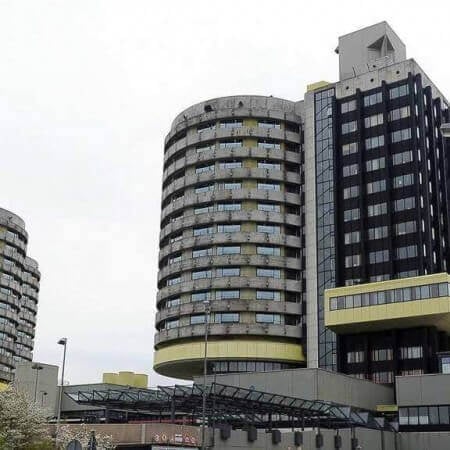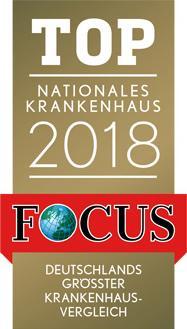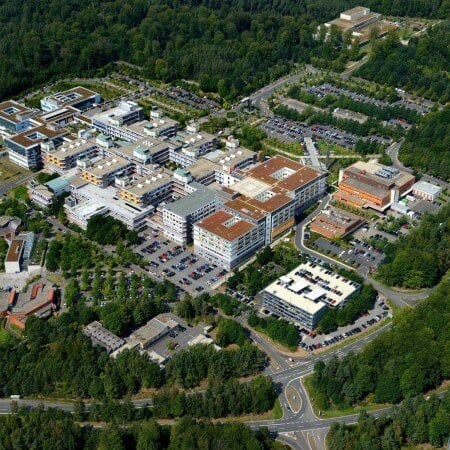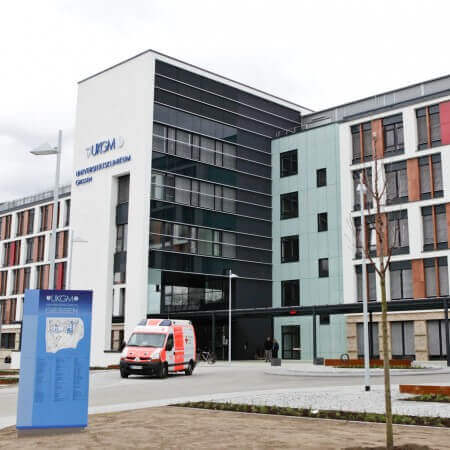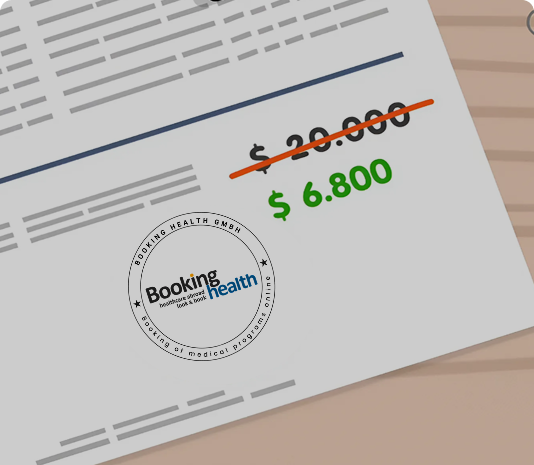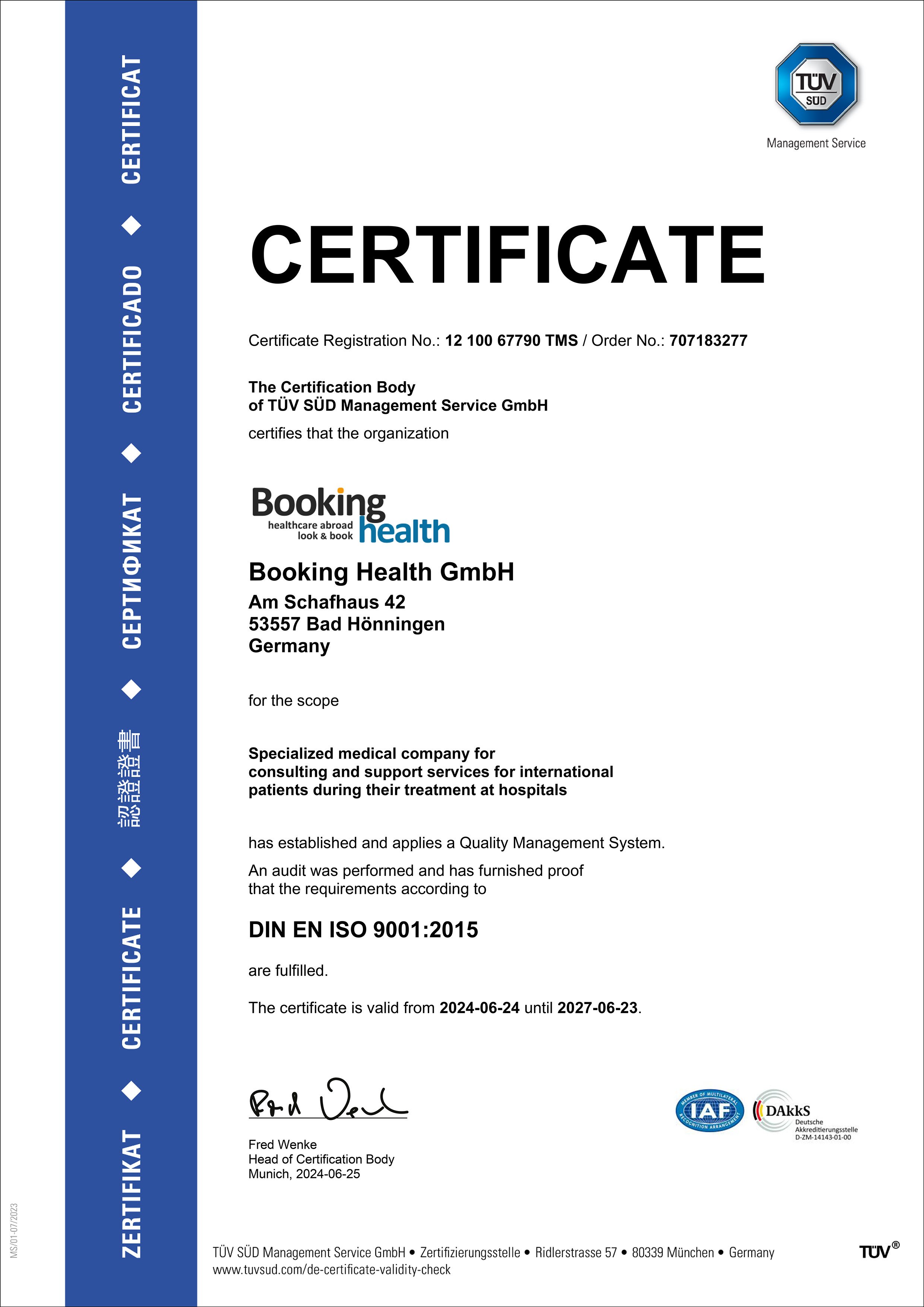Tennis elbow (lateral epicondylitis of the shoulder) is a fatigue-related injury that was first reported in tennis players. In most cases, the condition is caused by physical labor. The pathology is manifested by chronic pain, and, if left untreated, leads to the disability of the patient. A timely and high-quality surgical procedure allows the patient to get rid of the pain once and for all, enabling them to return to physical labor or sports within a few weeks after surgical treatment.
Content
- What is tennis elbow?
- Why does the elbow hurt in a patient suffering from shoulder epicondylitis?
- How is the diagnosis established?
- Conservative treatment
- Cell therapy
- Surgery for tennis elbow
- Open surgery
- Arthroscopy for tennis elbow
- Why is it worth undergoing treatment in Germany?
What is tennis elbow?
Lateral epicondylitis of the shoulder (tennis elbow) is the most common cause of chronic elbow pain. It is an inflammation of the extensor tendon of the hand, which occurs in the area of attachment to the external (lateral) shoulder epicondyle. Although the disease is called tennis elbow, in most cases the pathology has nothing to do with tennis. The condition affects mainly manual workers. In 90% of cases, this is caused by prolonged micro traumatization of the tendon due to repetitive movements. In 10% of cases, tennis elbow is caused by injuries.
Tennis elbow mostly develops in activities from: joiners, packers, plasterers, masons, locksmiths, and construction workers. For tennis, this disease is also characteristic, but the proportion of people involved in this sport among the total number of patients is negligible.
The term "tennis elbow" was first used by H.P. Morris in 1882, drawing attention to the pain syndrome that tennis players suffer from. This is a common pathology that affects up to 4% of the male population aged 35 to 50 years.
The person's dominant hand, usually the right hand, is affected. Symptoms develop gradually, progressing over months and years. The dominant symptom is elbow pain. It intensifies when the hand is extended with resistance. In the advanced stages of the disease, it becomes difficult for the patient to perform even simple actions: hold a pen, raise a cup, or open jars.
Why does the elbow hurt in a patient suffering from shoulder epicondylitis?
For most people, the word shoulder is associated with the shoulder joint. In fact, the shoulder as an anatomical region, is the part of the arm located between the shoulder and elbow joints. This is the site where the humerus is located.
In the lower part, where the shoulder ends and the elbow joint begins, there are two epicondyles – bony protrusions. One of them is medial, the other is lateral. The lateral one is injured five times more often. Chronic pain in this area due to the tendon micro traumatization, is called lateral epicondylitis of the shoulder, or tennis elbow. Some people also develop medial epicondylitis of the shoulder and this is called golfer's elbow.
Thus, although the pain is not localized in the shoulder, but in the elbow, the disease is called shoulder epicondylitis. This is due to the fact that the pain syndrome is caused by an injury to the site of attachment of the tendon to the lower part of the humerus.
How is the diagnosis established?
Although pathological changes to the site of attachment of the tendons to the lateral epicondyle of the shoulder can be detected by an ultrasound or MRI scans, these diagnostic methods are usually not required. The diagnosis can be established even with the use of clinical methods. The criteria for lateral epicondylitis of the shoulder are:
- Pain in the lateral part of the elbow, lasting one day or more, in the last seven days.
- Pain on palpation of the outer part of the elbow joint.
- Intensification or appearance of pain in the outer part of the elbow with active extension of the hand with resistance.
Imaging techniques can detect inflamed areas of the tendon and the site of attachment to the bone. Sometimes calcifications can be found in the tendon.
Conservative treatment
For the treatment of tennis elbow, most patients receive conservative therapy. Patients are advised to rest for several weeks, and preferably for several months. To relieve pain, doctors use the following methods:
- nonsteroidal, anti-inflammatory drugs;
- blocks with local anesthetics;
- injections of glucocorticoids at the point of maximum pain;
- physiotherapy;
- shock wave therapy;
- orthoses that limit unwanted (most painful) movements;
- therapeutic exercises.
A reduced load on the tennis elbow usually leads to the improvement of symptoms. However, most patients do not want to stop working or want to continue sports training. Therefore, treatment may continue for a long time. If the standard methods do not work, then they switch to cell therapy, and if this is not effective enough, a surgical intervention can be performed.
Cell therapy
For tennis elbow treatment, doctors abroad use platelet-rich plasma (PRP) therapy. It stimulates tissue regeneration and relieves inflammation. The technique allows patients to obtain good long-term results. Many patients will end up avoiding surgery.
The specialists draw blood samples from the patient with tennis elbow and place them in a centrifuge. For 5 minutes, it rotates at a speed of 3 thousand revolutions per minute. As a result, the blood is divided into 2 fractions: the first one contains erythrocytes and leukocytes, while the second one contains blood plasma with a high content of platelets. With a syringe, platelet-rich plasma is taken from a test tube, which is located above the separating gel, 3-5 ml is taken and injected into the region of the lateral epicondyle of the shoulder, at the point of maximum pain.
The injection is performed under local anesthesia. After the injection of the local anesthetic, the doctor removes the syringe, but does not remove the needle. He then attaches a new syringe containing the autologous plasma with platelets, and injects it into the injured site.
On the day of the injection, the pain syndrome may be intensified. However, in the future, it will be gradually relieved, and the symptoms will be reduced by an average of 80% within 2 months. The effect lasts from 6 to 12 months. In total, 3-4 injections, with an interval of 1 week, are required.
Surgery for tennis elbow
Depending on the tissues that the surgeon acts on during the surgery, tennis elbow interventions are divided into two types:
- nerve surgery;
- operations on the connective tissue structures (tendons and bone tissue of the lateral epicondyle of the shoulder).
Depending on the type of surgical access, the following methods are distinguished:
- open – historically the first method, quite reliable, but the most traumatic;
- percutaneous (minimally invasive open) – less traumatic, can even be performed on an outpatient basis, but complex;
- arthroscopic procedures – the safest, least traumatic method, but require highly qualified, specially trained surgeons and high-tech equipment, which are not available in every hospital.
Nerve surgeries are not considered radical. They do not cure the disease, but do allow temporary improvement. Long-term success is only possible if you stop playing sports or change your type of activities at work. It is necessary to exclude any physical activities that have led to elbow micro traumatization. In these cases, the tendon is gradually restored. If a person wants to return to their previous activities after surgery, then nerve intervention is not the best treatment option. After it, the risk of recurrence reaches 20-30% in the first 6 months.
Surgical interventions on the connective tissue structures are considered more common. Regardless of whether the doctor performs the operation with an open, arthroscopic, or percutaneous technique, there are three main types of manipulations performed:
- tendon release (relaxation) – incisions that reduce muscle traction;
- decortication of the lower part of the humerus – removal of injured, pathologically altered bone tissue in the area of tendon attachment;
- osteoperforation – the doctor makes holes in the shoulder epicondyle to release stem cells and enhance tissue regeneration, improving their blood supply.
Various modifications of surgical procedures imply the performance of one of these actions or their combinations. Recent studies show that the best treatment is tendon release. It is performed with minimal trauma and minimal postoperative pain, providing opportunities for rapid rehabilitation. Additional shoulder epicondyle decortication and osteoperforation do not improve the results, but do make the surgical intervention more traumatic.
Open surgery
All over the world, open surgical interventions on the elbow are performed more often than minimally invasive ones. They are more traumatic, but easier to perform.
The operation is performed through an incision 3-5 cm long. Such interventions have been performed since the first half of the twentieth century. In most patients, they provide good results. Many patients can return to physical labor. The recovery time can increase due to a severe injury. In a case of bone tissue intervention and prolonged immobilization of the extremity, the rehabilitation period can reach 3 months.
Open surgical interventions provide sustainable results. For many patients suffering from tennis elbow, the pain never returns. But, some other symptoms associated with the formation of adhesions and scarring remain. The most common pathological condition is elbow stiffness. Occasionally, elbow instability develops. 80-85% of operated on patients can return to physical labor or sports.
Arthroscopy for tennis elbow
To treat elbow and shoulder joint diseases, arthroscopic interventions are most widely used in orthopedics. But, only a few specialists are able to perform these operations on the elbow. Doctors abroad perform such operations. They are gradually replacing the more traumatic, open interventions.
Open elbow surgery is undesirable, as it provokes the formation of scar tissue and adhesions. Reactive inflammatory changes often cause the return of the pain syndrome. Therefore, some studies show not only arthroscopy as a less traumatic option, but also its better outcomes. For example, according to F. Rubenthaler, the arthroscopic treatment method provided 75% of good and excellent results, while the open surgical treatment achieved these results in only 60% of cases.
During the surgical intervention, the doctor performs a decortication of the lateral epicondyle of the shoulder, resection of the tendon of the short radial extensor of the wrist from the place of its attachment, and ablation of the tendon tissue. The surgeon removes inflamed tissues and reduces muscle traction, so the pain syndrome becomes milder or disappears completely.
Arthroscopy for tennis elbow is performed through skin punctures just over 2 mm. The length of the incision on the capsule of the elbow joint does not exceed 1 cm. A lower trauma rate is also achieved due to the absence of the need to separate the aponeurosis of the common extensor tendon during arthroscopy. After minimally invasive surgery, patients recover quickly, have a minimal need for pain management medications, and usually do not suffer complications. They can return to work and their normal life in 2-4 weeks.
Why is it worth undergoing treatment in Germany?
The effectiveness of shoulder epicondylitis treatment is not the same in different countries and hospitals. It ranges from 60 to 90%, depending on the methods used. The recovery of patients takes from 2 to 12 weeks. The risk of tennis elbow recurrence is 10 to 30%. Under the conditions of shoulder epicondylitis treatment at a good hospital, you can quickly recover and fully restore your ability to work or return to your sports form.
Here are several reasons why you should undergo treatment for shoulder epicondylitis in Germany:
- doctors use minimally traumatic techniques that very rarely cause complications;
- wounds heal quickly, and there is no severe postoperative pain;
- the risk of developing elbow instability after surgery for tennis elbow is almost zero;
- during arthroscopy, the doctor can detect and treat concomitant elbow pathologies;
- the use of fast-track rehabilitation protocols to start active recovery measures earlier after the treatment of tennis elbow;
- in 2-4 weeks you will be able to return to your usual life, work or play tennis again;
- the risk of recurrence of shoulder epicondylitis is minimal;
- maximum loads on the operated limb become possible: the disease is unlikely to return, even if you are a professional tennis player.
To undergo medical treatment for tennis elbow in one of the foreign hospitals, please use the Booking Health service. On our website you have the opportunity to get up-to-date and accurate information about the cost of treatment in different medical centers, compare prices and book a medical care program at a favorable price. Medical treatment will be easier and quicker for you, and the cost of treatment will be lower.
You are welcome to leave your request on the Booking Health website. Our employee will contact you, consult with you, and answer all of your questions. We will take care of the organization of your trip abroad. We will provide the following benefits for you:
- We will select the best hospital, whose doctors specialize in the treatment of shoulder epicondylitis and achieve the best results.
- We will help you to overcome the language barrier and establish your communication with the doctor at the hospital.
- The waiting times for medical treatment will be reduced for you and you will receive medical care on the most suitable dates for you.
- We will reduce the price. The cost of treatment in a foreign hospital will be lower than usual due to the elimination of overpricing and coefficients for foreign patients.
- Our specialists will solve any organizational issues: paperwork, transfers from the airport to the hospital and back, hotel booking, and interpreting services.
- We will prepare your documents and translate them into English or German. You do not have to repeat any previously performed diagnostic procedures.
- We will maintain contact with the hospital after the completion of your medical treatment abroad.
- We will arrange additional diagnostics and treatment, if required.
- We will buy medicines in the other country and forward them to your native country.
While you are fully focused on improving your health, the Booking Health staff will take care of all your travel arrangements.
Authors:
The article was edited by medical experts, board certified doctors Dr. Vadim Zhiliuk and Dr. Sergey Pashchenko. For the treatment of the conditions referred to in the article, you must consult a doctor; the information in the article is not intended for self-medication!
Sources:
Journal of Orthopaedic Surgery and Research
Articles for Orthopaedic Practice - Orthogate
